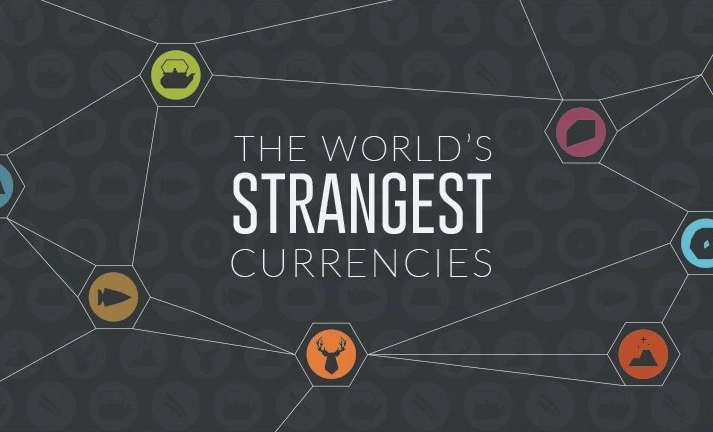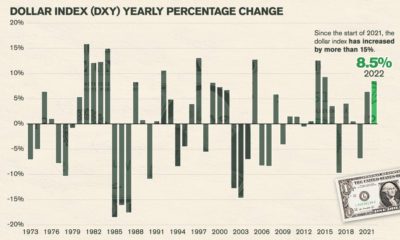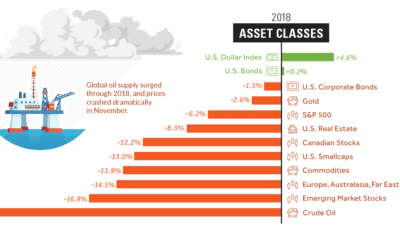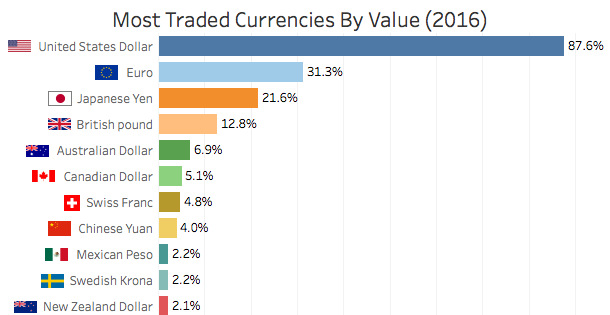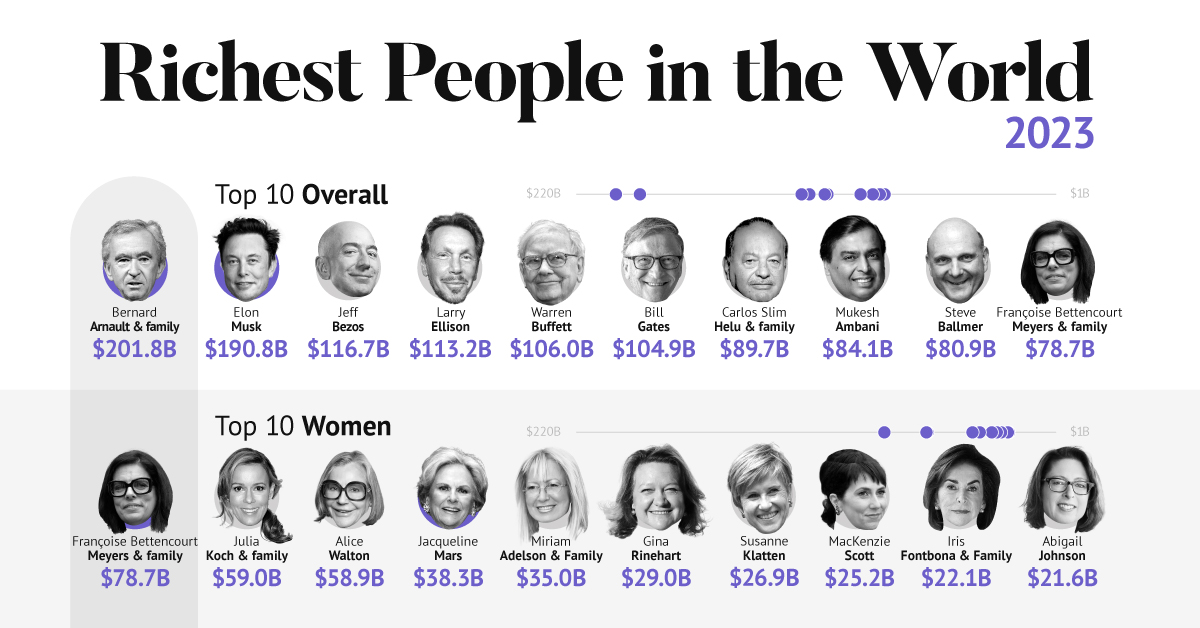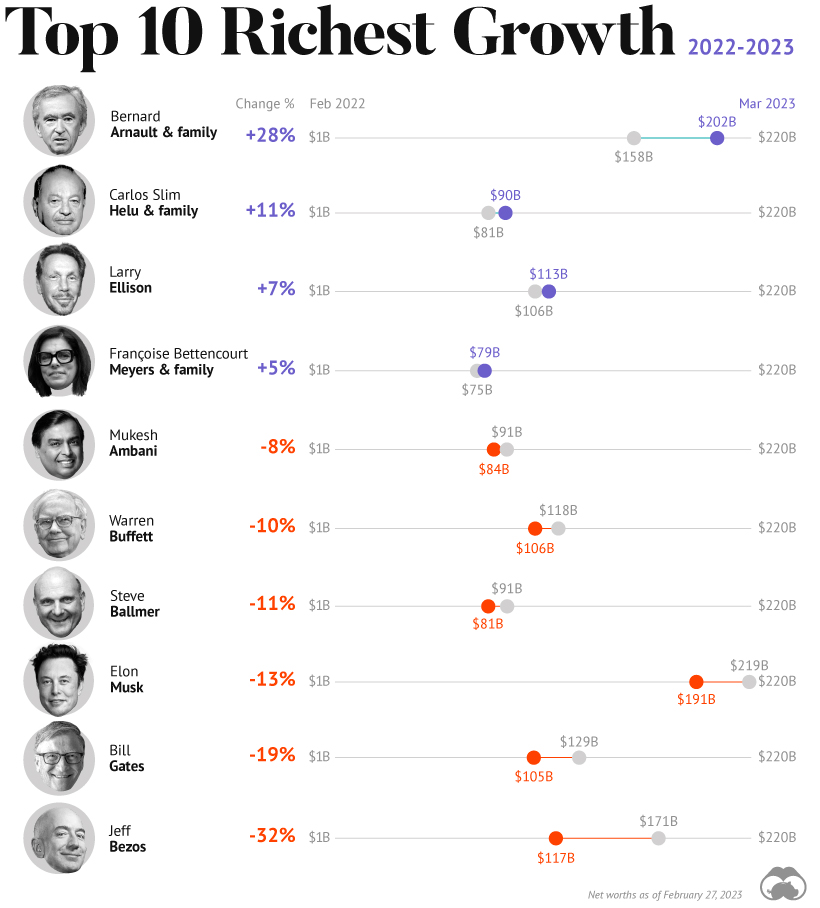The World’s Strangest Currencies
The Money Project is an ongoing collaboration between Visual Capitalist and Texas Precious Metals that seeks to use intuitive visualizations to explore the origins, nature, and use of money. For centuries, humans from all around the world have tried to use different things as money. Some forms, which most people are familiar with today, have been effective catalysts for trade over thousands of years. Other currencies, from squirrel pelts to parmesan cheese, have had their time or place in human history, but were ultimately unsuccessful or made obsolete. The path to finding the best money has been long and riddled with trial and error. Here are just some of the world’s strangest currencies that we discovered in our research.
Salt
The importance of salt to ancient civilizations cannot be understated. The first written record on salt appears in 2700 BCE in China. Salt was highly valued for food preservation, but its production was very limited. As a result, in many places of the world, salt was used as currency.
As early as the 6th century, Moorish merchants in sub-Saharan Africa routinely traded salt and gold at the same value per ounce. In what is now modern-day Ethiopia, slabs of rock salt were used as coins. Each coin was 10 inches long and two inches thick. Salt was also used as pay soldiers in Ancient Rome. This became known as “solarium argentum”, from which we now derive the word “salary” A soldier’s salary was cut if he was “not worth his salt”, a phrase that still exists today.
Tea Bricks
Bricks of tea leaves were used for currency in many places in Asia. However, it was the nomads in Mongolia and Siberia that actually preferred tea bricks to metallic coins. Tea leaves, either whole or ground, would be dried and compressed into bricks using flour, manure, or blood. The bricks could be used as a means of exchange, or they could be eaten, used to make tea, or brewed for medicine.
Parmesan Cheese
In Italy, the hard, dry cheese made from skim milk is not just for pasta. It was also used as a currency. As early as the year 1200, wheels of parmesan were used as a medium of exchange for other goods. Even as recent as 2009, the New York Times reported some banks in the region using parmesan wheels as collateral for farmers’ loans. Each compact wheel holds the equivalent of 550 liters of milk.
Rai Stones
In the Solomon Islands, one of the world’s strangest currencies was born: the rai stone. These limestone discs with the hole in the center were up to 12 feet in diameter and weighed up to eight tons. It was not unusual for buyers and sellers of this currency to have their boats capsize due to their sheer weight.
Animal Skins
Animal skins have a surprisingly important history as currency in different parts of the world. In Russia and Finland, squirrel pelts were a key medium of exchange during medieval times. Even today, the Finnish word “raha”, which now refers to money, originally meant the “fur of squirrel”. In North America, the European settlers and First Nations tribes found skins to be one commodity they both agreed had value. In 1748, Beaver pelts became the “standard of trade” in the north. One pelt could buy two pounds of sugar. Lastly, the use of buck skins in trade gave rise to “buck” as a slang word for currency, which we still use to describe dollars today.
Knife Money
Merging the ideas of weapons and currency is not new. Many cultures have used arrowheads as currency throughout the world. However, Chinese “knife money” is certainly an original idea: around 600 BCE, at the time of the Zhou dynasty, these knives were inscribed with numbers or single words such as “sheep” or “fish” to determine their value. These were used for hundreds of years, and eventually it was declared by the emperor that only circular coins with square holes could be used for Chinese currency.
What Gives a Currency Staying Power?
Currencies come and go. Some of the world’s strangest currencies, like rai stones, did not have the staying power or value to be used universally. They would eventually fade away into the history books. Other currencies around the world would experience hyperinflation and ultimately became worthless. What gives a currency staying power? What makes a currency “money”? The Money Project acknowledges that the very concept of money itself is in flux – and it seeks to answer these questions.
About the Money Project
The Money Project aims to use intuitive visualizations to explore ideas around the very concept of money itself. Founded in 2015 by Visual Capitalist and Texas Precious Metals, the Money Project will look at the evolving nature of money, and will try to answer the difficult questions that prevent us from truly understanding the role that money plays in finance, investments, and accumulating wealth. on A lagging stock market dented these fortunes against high interest rates, energy shocks, and economic uncertainty. But some of the world’s billionaires have flourished in this environment, posting sky-high revenues in spite of inflationary pressures. With data from Forbes Real-Time Billionaires List, we feature a snapshot of the richest people in the world in 2023.
Luxury Mogul Takes Top Spot
The world’s richest person is France’s Bernard Arnault, the chief executive of LVMH.
With 75 brands, the luxury conglomerate owns Louis Vuitton, Christian Dior, and Tiffany. LVMH traces back to 1985, when Arnault cut his first major deal with the company by acquiring Christian Dior, a firm that was struggling with bankruptcy.
Fast-forward to today, and the company is seeing record profits despite challenging market conditions. Louis Vuitton, for instance, has doubled its sales in four years.
In the table below, we show the world’s 10 richest people with data as of February 27, 2023:
Elon Musk, the second-wealthiest person in the world has a net worth of $191 billion. In October, Musk took over Twitter in a $44 billion dollar deal, which has drawn criticism from investors. Many say it’s a distraction from Musk’s work with Tesla.
While Tesla shares have rebounded—after falling roughly 70% in 2022—Musk’s wealth still sits about 13% lower than in March of last year.
Third on the list is Jeff Bezos, followed by Larry Ellison. The latter of the two, who founded Oracle, owns 98% of the Hawaiian island of Lanai which he bought in 2012 for $300 million.
Fifth on the list is Warren Buffett. In his annual letter to shareholders, he discussed how Berkshire Hathaway reported record operating profits despite economic headwinds. The company outperformed the S&P 500 Index by about 22% in 2022.
How Fortunes Have Changed
Given multiple economic crosscurrents, billionaire wealth has diverged over the last year. Since March 2022, just four of the top 10 richest in the world have seen their wealth increase. Two of these are European magnates, while Carlos Slim Helu runs the largest telecom firm in Latin America. In fact, a decade ago Slim was the richest person on the planet. Overall, as the tech sector saw dismal returns over the year, the top 10 tech billionaires lost almost $500 billion in combined wealth.
Recent Shakeups in Asia
Perhaps the most striking news for the world’s richest centers around Gautam Adani, formerly the richest person in Asia. In January, Hindenburg Research, a short-selling firm, released a report claiming that the Adani Group engaged in stock manipulation and fraud. Specifically, the alleged the firm used offshore accounts to launder money, artificially boost share prices, and hide losses. The Adani Group, which owns India’s largest ports—along with ports in Australia, Sri Lanka, and Israel—lost $100 billion in value in the span of a few weeks. Interestingly, very few Indian mutual funds hold significant shares in Adani Group, signaling a lack of confidence across India’s market, which was also cited in Hindenburg’s report. As a result, Mukesh Ambani has climbed to Asia’s top spot, controlling a $84 billion empire that spans from oil and gas and renewable energy to telecom. His conglomerate, Reliance Industries is the largest company by market cap in India.

